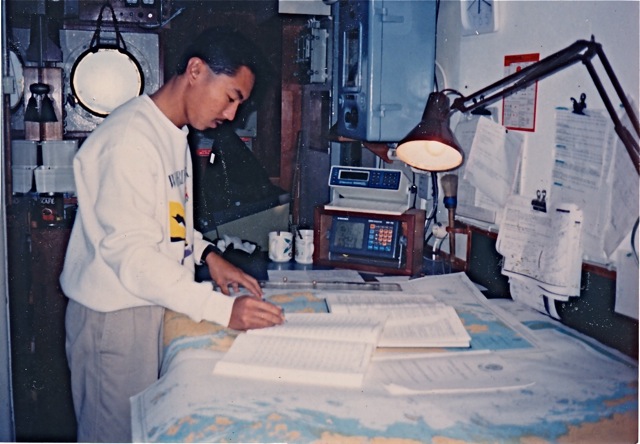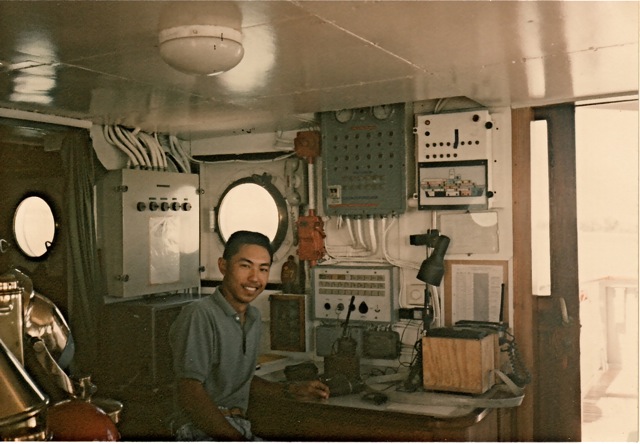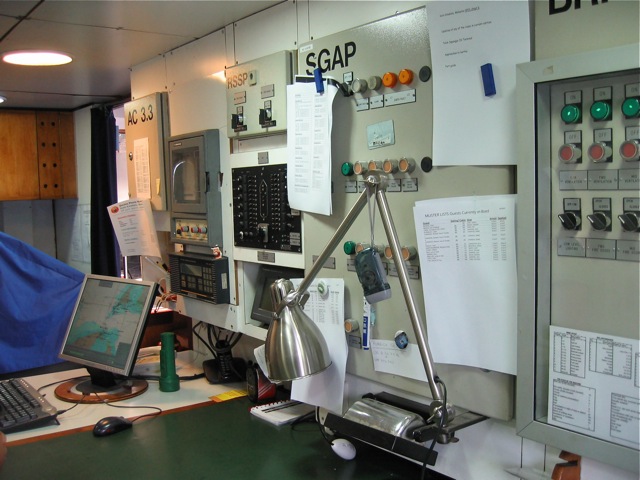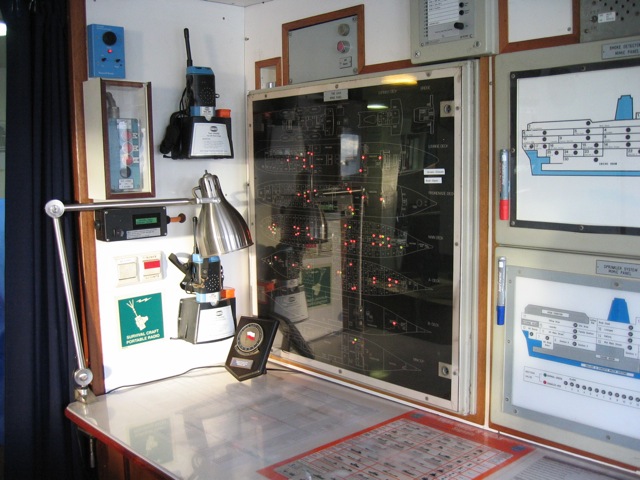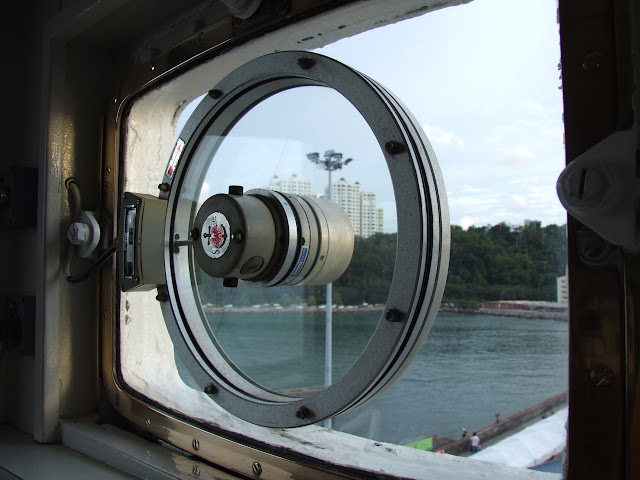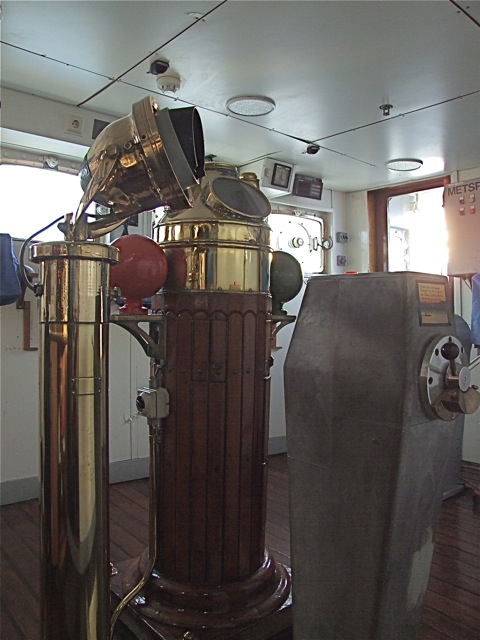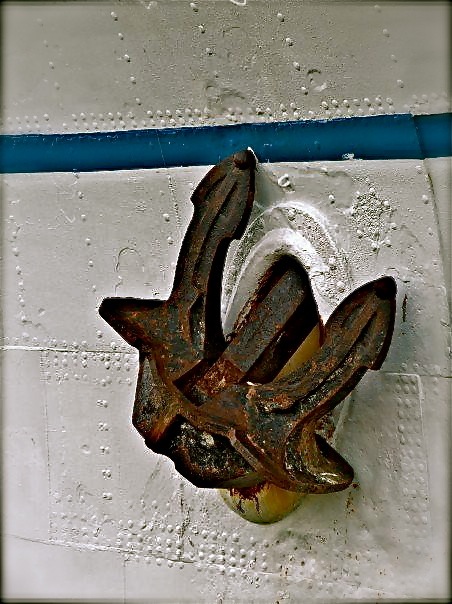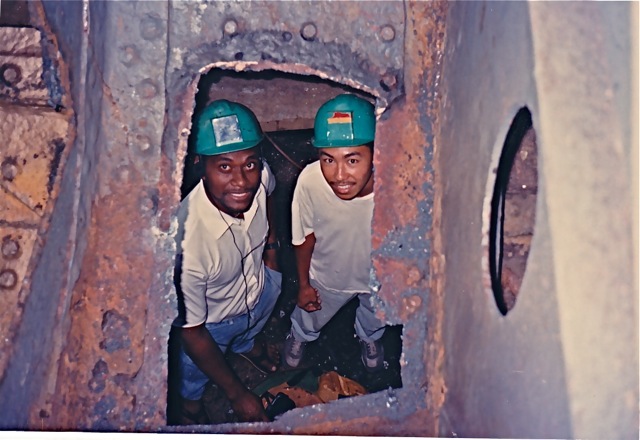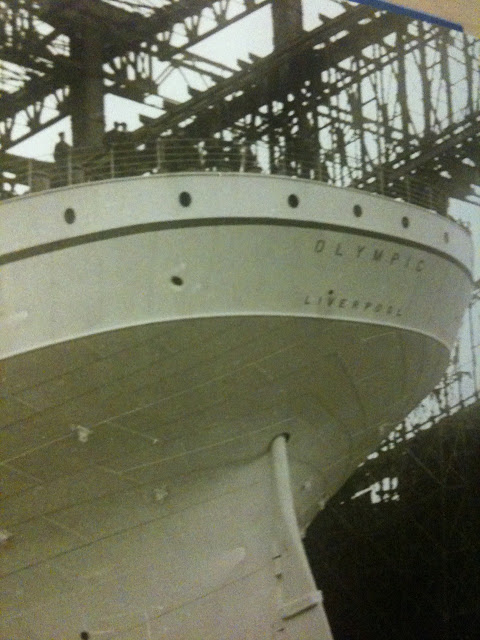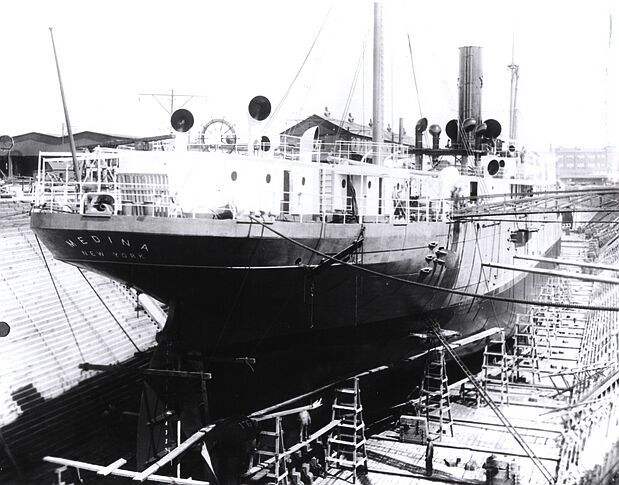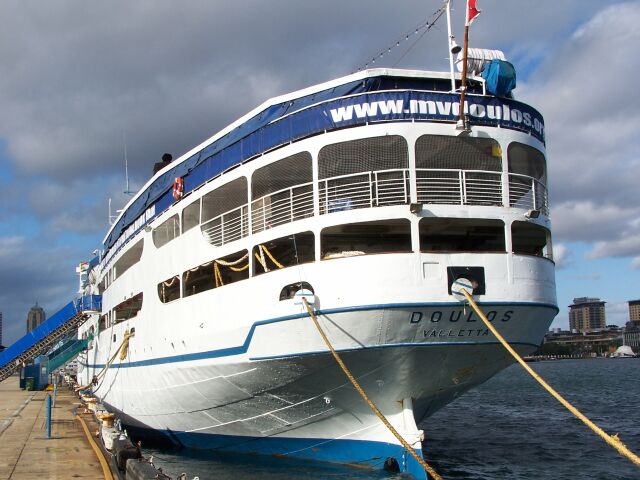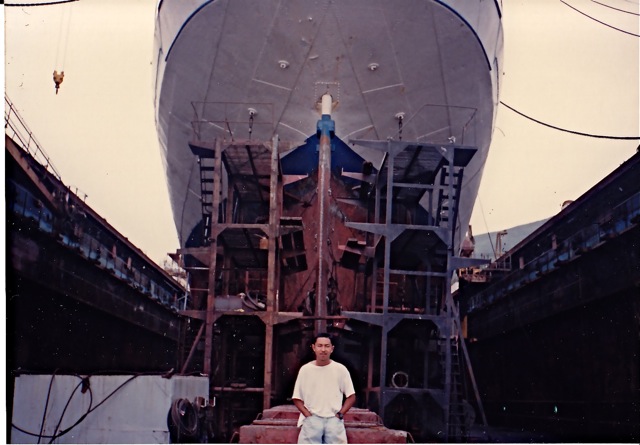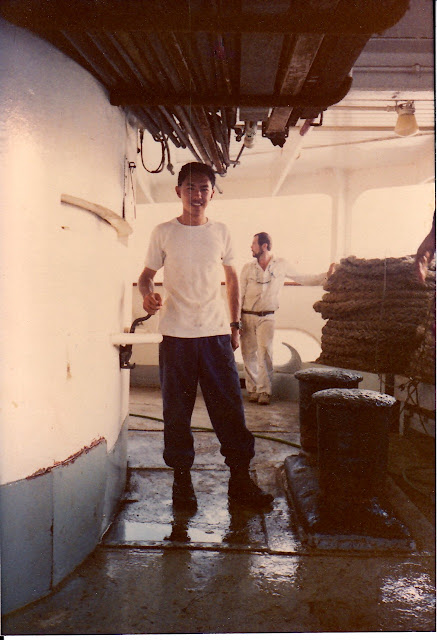BEFORE YOU READ!
If you've just joined this page and you have no clue where my 'journey' started, please start at my first post, Underway 1914
It was like entering China's Forbidden City - mysterious, clouded with Cold War conception, intriguing yet filled with surprises. No one knew exactly what to expect. I was on the bridge on duty at that time, and it was foggy. Just like our expectations - anything can appear out of a sudden. It was summer in Eastern Russia this time, and at sea, I was wearing a thick jumper when I came on bridge duty because it was a bit chilly being out there on the bridge wing.
Entering Golden Horn Bay
A Krivak I class frigate similar to the one I saw.
The weather looked gloomily overcast as we cruised into the bay - I had never seen so many ships docked along both sides of the bay. Having been on deck operations for almost two years, I was not familiar or rather it was my first time seeing ships here, docked by the stern. In nautical terms, it is called mooring Mediterranean style. It was interesting to see almost all the ships docked like that all along the shore.
Our ship was at "Slow Ahead" on the engine telegraph. We passed more and more ships that looked like 'rust buckets', lining both sides of the congested port. I spotted a warship and on deck were two navy seamen doing their callisthenics exercises on two high-bars. Two more naval crafts which we went past had their crews doing this and chatting around, shirts off and lying on the deck. They should be in the Olympics. "Oh, so that's what former Soviet-bloc military men do in their time. What do the Western bloc armies do? Play video games?" We are so tuned to the Western world concept of lifestyle that everything here seems 'downgraded'. Be reminded that this great nation had just opened up not long ago - and the Motherland is learning everything and anything that lands on her shores, FAST!
"Pilot on board." I didn't realise how long ago we picked up the harbour pilot. I was so mesmerised by the fact that I was looking at Russia face to face. My mind was trying to absorb every bit of information it received. Most of the ships that were docked along the shores looked rusty and rundown, more and more naval vessels of several types, sizes and classes came into view by now. They looked a bit better than their merchant brothers. Later, I found out that most of them had spent most of their time in port because of the lack of fuel - a result of years of economic instability in the Soviet system.
Some of the ships of the Pacific Fleet docked in front of the Fleet Headquarters.
Kara Class Missile Cruiser
Udaloy Class anti-submarine destroyer 'Shaposhnikov' (DDG543).
Such proud ships, clean and sleek looking, sitting there quietly and nowhere to go, their decks bristled with visible armaments - the Russian ideology thinks differently of naval power and might. Quite the opposite from Western navies which practises the art of concealment with great design. It was quite sad to see the largest Russian fleet in the Pacific be reduced to a medium-sized fleet (by previous standards), but nevertheless still packed a rather debatable punch of firepower left in its arsenal. Vladivostok is the fleet Headquarters, but not the only base. The other is at Petropavlovsk-Kamchatskiy in Avacha Bay on the Kamchatka Peninsula with a major submarine base at Vilyuchinsk in the same bay. The Fleet's submarine base houses the world's largest nuclear ballistic missile submarine, the Typhoon class. I told you Tom Clancy fans would love this!
By now, it's the end of life for the last remaining Typhoons, with their massive ballistic missile discontinued by the Nuclear Weapons Treaty, these are just too costly to maintain.
Sovremenny Class Anti-Surface warship
One Slava Class Guided missile cruiser is also based here. Hull no.121 is serving in the Black Sea Fleet. Currently, there are only three vessels operating in the world.
The last mooring rope was already fast secured to the quay-side and already, the Doulos had joined one of many ships docked into Vladivostok. Operation Mobilisation's ship
was making history in Vladivostok.
After the 'Stand Down' order was announced on the Bridge and gangways were down, all departments went like ants going about their preparations for the Official Opening. Sounds of brushes scrubbing down the decks, chains and harnesses letting loose the vehicles on their way, and various administration staff getting ready for the events of the day. As for me? After closing down the Bridge, it was straight to my cabin for a shower and a change into my officer's uniform. In a few hours time, I would get to meet the 'Русский народ' - "the Russian people."
Next up, I'll bring you on shore and walk the streets of Vladivostok. Do subscribe if you enjoy the posts and do not wish to miss any new updates. See ya!

















